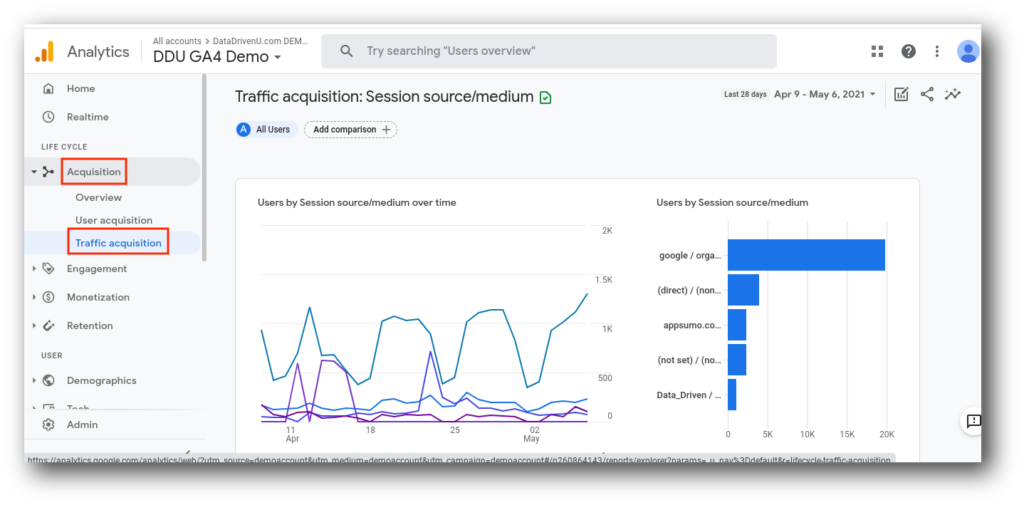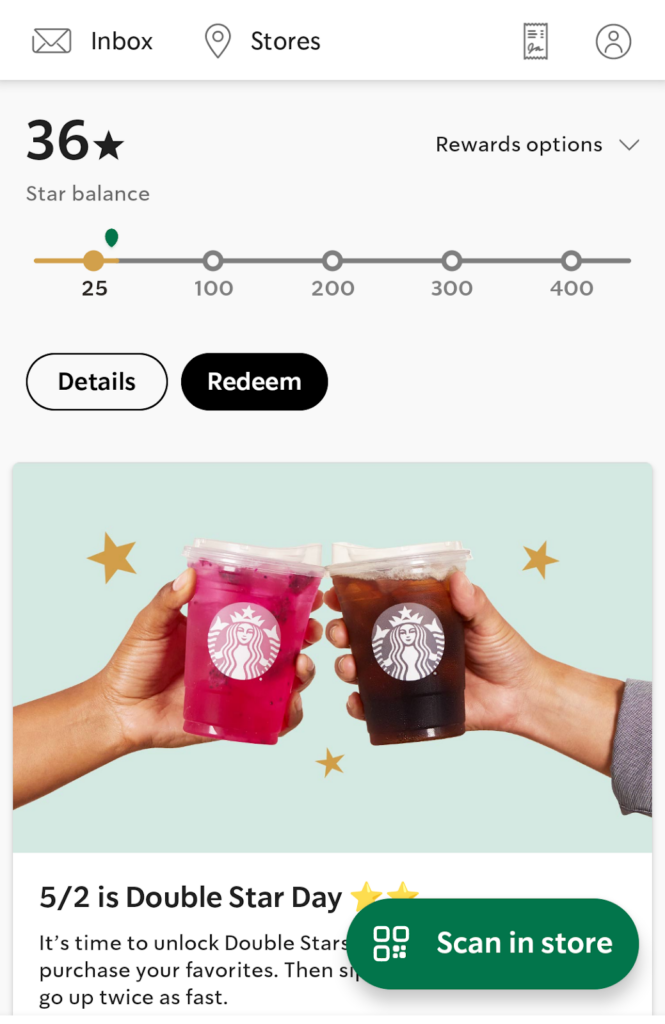The Top 10 Key Performance Indicators (KPIs) in Retail
Want to know exactly how your retail brand is performing? Here are the most important key performance indicators (KPIs) in retail to help your business thrive.

Want to know exactly how your retail brand is performing? Here are the most important key performance indicators (KPIs) in retail to help your business thrive.

To do what works, you have to know what works.
As a retail business owner, you’ve got a lot on your plate: Making sure products are in place, your team is on top of tasks, your site or location is in perfect working order — I could go on.
In the midst of all those priorities, it can be tough to know what’s really worth focusing on. That’s why identifying your most crucial key performance indicators (KPIs) is important.
These KPIs can tell you where your business is doing well, where it can be improved, and what you can do about it. Basically, they’re your roadmap to an efficient, profitable retail brand.
I’ll cover the ten most important KPIs in retail and how to approach them here.
TABLE OF CONTENTS
While there is definitely some overlap between what online and brick-and-mortar stores should be measuring, there are a few KPIs that will specifically apply to each kind of retailer.
Let’s take a look at what physical locations should keep in mind.
Sales per square foot of your store space is an excellent way to measure the productivity of your space. Are sections and products laid out in a way that makes sense and is easy to navigate? Are there too many fixtures in your store that don’t feature products?
Knowing your sales per square foot can give you a good sense of what you might need more or less of and how to structure the space and inventory you have.
You can find your sales per square foot with this formula:
Sales in a given period/(avg square footage of each store location x number of store locations)

If you find that this KPI is lagging, have a look at factors like:
On a similar note, brick-and-mortar retailers should know how many people walk in the door each day. This metric will help you understand how well your marketing methods are working to draw people in to visit.
Not getting as much foot traffic as you’d like? Check into:
This KPI puts the spotlight on your team and their productivity. To calculate your sales per employee, all you’ll need to do is divide your net revenue by the number of employees you have.
Knowing sales per employee can help guide your staffing decisions, whether that means reducing your employees on the floor or bulking up your team.
Taking into account your regular sales ebbs and flows by season, pay attention to unusual dips or peaks to help you decide when to make staffing or pay changes.
With e-commerce revenue at around $1 trillion as of 2023 (and expected to grow), we should also consider important KPIs for web-specific retailers — or, really, any retailer that operates online.
Just like foot traffic is crucial in a physical store, site traffic will be one of your key metrics as an e-commerce brand.

Luckily, it’s also a similar measuring process. Just log into your favorite analytics board and look into how many sessions your site gets per day, week, month, etc. From there, you can take a look at where customers are finding your site and tweak your ads or marketing methods accordingly.
Of course, having a lot of site traffic is great, but you’ll also want to know how many of those sessions result in sales. This is your conversion rate.
Finding your conversion rate is as easy as dividing your number of sales in a given period by how many visitors you had in the same period and multiplying the result by 100.
If you find a gap between site visits and sales, do a deep dive into the customer experience on your website (a heat map can be helpful here) to figure out where any bottlenecks or unhelpful touchpoints are.
The problem may also be in your site navigation, page speed, or product offerings. These are all issues you can identify in your analytics account as well.
You might also consider adding a real-time customer service option to your site. This gives shoppers the option to solve any last-minute problems or questions they might have as they decide to make their purchase with the help of your team.
On the same note, how are your sales doing?
As I mentioned earlier, every business goes through normal ups and downs throughout the year based on things like holidays, but be on the lookout for peaks and valleys that don’t fall into your regular pattern.
If you’re seeing high points that weren’t there before, check out what campaigns or products you introduced during that time and whether that had a positive effect.
On the other hand, if you’re seeing an unusually slow season, consider introducing a new ad campaign, being more active on social media, or advertising a new sale to create some buzz and encourage buyers.

Whether you sell online, in-store, or a combination of both, there are some retail KPIs that pay to measure for every brand.
This is the part where we zoom out and look at the big picture. You can sell and sell, but if you’re not actually putting profit in your pocket, there’s not much point.
To figure out your gross profit, just subtract the cost of the goods you sold from your sales revenue. For net profit, subtract your total expenses from your total revenue.
If these numbers look a little low, you have a few options.
Average transaction value tells you how much customers spend in your store when they do buy. You can calculate this KPI by dividing the number of transactions in a given period of time by the total revenue for that period.
A low value for this KPI might indicate that customers are only picking up a couple of low-value items at a time or that your prices simply aren’t high enough.
If pricing isn’t the problem (or you’d like to try a different strategy first), consider cross-selling with products related to the ones your customers have bought or shown interest in or upselling with a more expensive, but still related, product.
At the end of the day, you most likely want to make sure your business is growing and thriving in the long term. To make sure that’s happening, you’ll want to measure your YOY growth.
The formula for this metric goes:
Revenue for the current period – revenue for the prior period) / revenue from the prior period x 100
Suppose you look at your YOY growth and find that you’re not growing. Did something unexpected happen in the market recently? Is one of your competitors edging into your space and attracting more customers? Are you missing important trends in your industry?
Did you know that it costs five times more to bring in new customers than it does to retain the ones you have?
You can look at how long your customers are sticking around using a few different methods, but the easiest formula for customer retention is:
((Number of customers at the end of a given period – number of new customers during the period) / number of customers at the start of the period)) x 100
Customers not sticking around as long as you’d like? Consider starting a loyalty program to continuously reward longtime customers, build up your customer service efforts with a focus on building lasting relationships, or offer personalized product recommendations to customers based on their browsing or purchase history.

Trying new strategies to grow your retail brand without a clear roadmap is an uphill battle.
Use these KPIs to guide the biggest decisions you make on a daily, weekly, or yearly basis and you’ll be fully in control of the highs and the lows of running a business.
Lily is a content marketing specialist at SimpleTexting. She specializes in making helpful, entertaining video content and writing blogs that help businesses take advantage of all that texting has to offer. When she’s not writing or making TikToks, you can find Lily at roller derby practice or in a yoga studio in the Seattle area.
More Posts from Lily NortonWant a three-day weekend every week? We asked Americans how they really feel about the traditional work week.
ReadCustomer retention is a crucial revenue generator that too many companies ignore. Here’s how VIP customer service can help.
ReadStart a text marketing campaign or have a 1-on-1 conversation today. It's risk free. Sign up for a free 14-day trial today to see SimpleTexting in action.
No credit card required